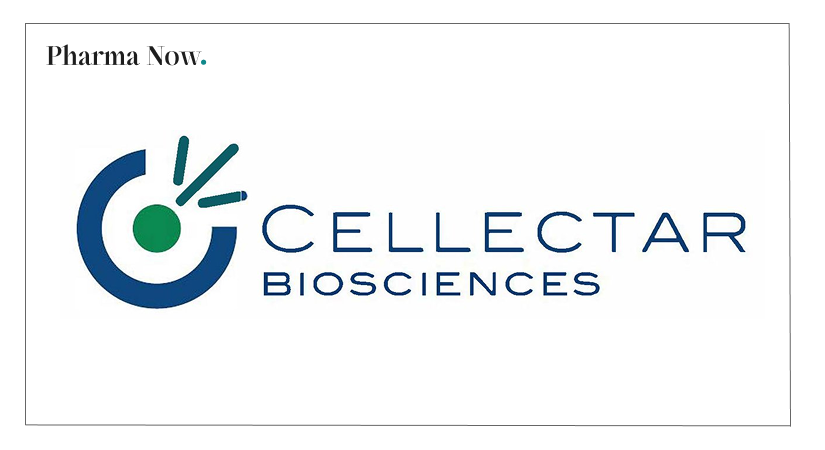Cellectar Biosciences Achieves Key Regulatory Milestone With FDA Rare Pediatric Disease Designation For Iopofosine I-131 In Pediatric Brain Cancer
FDA grants Rare Pediatric Disease Designation to Cellectar’s iopofosine I 131 for treating relapsed or refractory pediatric high-grade glioma.
Breaking News
Oct 28, 2025
Simantini Singh Deo

Cellectar Biosciences, Inc., a late-stage clinical biopharmaceutical company committed to developing innovative therapies for cancer, announced that the U.S. Food and Drug Administration (FDA) has granted Rare Pediatric Disease Designation (RPDD) for its investigational radiotherapeutic candidate, iopofosine I 131, for the treatment of inoperable relapsed or refractory pediatric high-grade glioma (r/r pHGG). This designation marks an important milestone in the company’s mission to address severe unmet needs in pediatric oncology.
Iopofosine I 131 is a potential first-in-class, novel radioconjugate monotherapy that targets cancer cells through a phospholipid ether (PLE) drug conjugate, designed to selectively deliver radioactive iodine directly to tumor cells. The FDA had previously granted Orphan Drug Designation to iopofosine I 131 for the treatment of pediatric high-grade glioma, further underscoring its therapeutic potential.
James Caruso, President and CEO of Cellectar, expressed optimism about the FDA’s decision, stating that receiving the Rare Pediatric Disease Designation highlights the promise of iopofosine I 131 to address one of the most aggressive and fatal cancers in children and young adults. He noted that this recognition, together with encouraging interim data from the company’s ongoing CLOVER-2 Phase 1b clinical trial, validates Cellectar’s targeted radiotherapeutic approach. The company now seeks strategic partnerships to accelerate the drug’s development and bring this potentially life-changing therapy to patients faster.
The FDA’s RPDD program aims to incentivize the development of treatments for serious and life-threatening diseases primarily affecting children under 18 years old. If Cellectar’s New Drug Application (NDA) for iopofosine I 131 is approved, the company could qualify for a Priority Review Voucher (PRV), which allows for expedited review of future applications and can be redeemed, sold, or transferred—providing significant strategic and financial value.
Pediatric high-grade gliomas (pHGGs) are among the most challenging cancers to treat, characterized by rapid progression and poor prognosis. Literature data indicates median progression-free survival (PFS) of around 2.25 months and overall survival (OS) of 5.6 months in relapsed cases. However, interim data from Cellectar’s CLOVER-2 Phase 1b trial, conducted across sites in the U.S. and Canada, has shown promising improvements in both PFS and OS.
During an oral presentation at the American Association for Cancer Research (AACR) Special Conference on Pediatric Cancer in September 2025, the company shared that all patients receiving a minimum total administered dose of 55 mCi experienced disease control, with an average PFS of 5.4 months and OS of 8.6 months. Those receiving additional treatment cycles demonstrated even better outcomes, with an average PFS of 8.1 months and OS of 11.5 months. Two patients achieved objective responses, including significant tumor reduction.
The therapy was also well tolerated, showing a favorable safety profile consistent with previous findings. No cardiovascular, renal, hepatic, or neurological toxicities were observed, and no treatment-related deaths occurred. Most treatment-emergent adverse events were hematologic (thrombocytopenia, neutropenia, and anemia) and were predictable and manageable.
With these positive developments, Cellectar continues to strengthen its position in advancing targeted radiotherapeutics. The Rare Pediatric Disease Designation not only emphasizes the company’s innovative approach but also enhances the potential for iopofosine I 131 to become a transformative treatment option for children battling high-grade gliomas.
